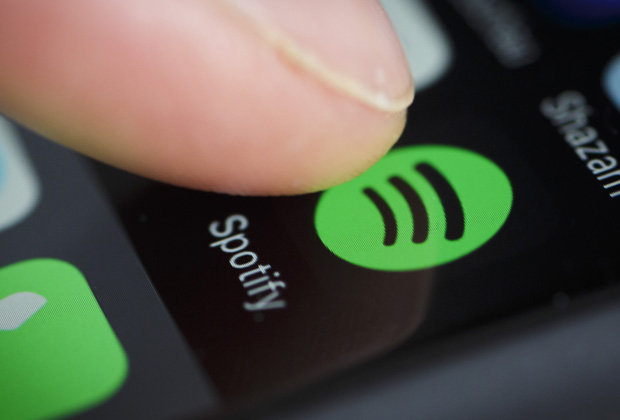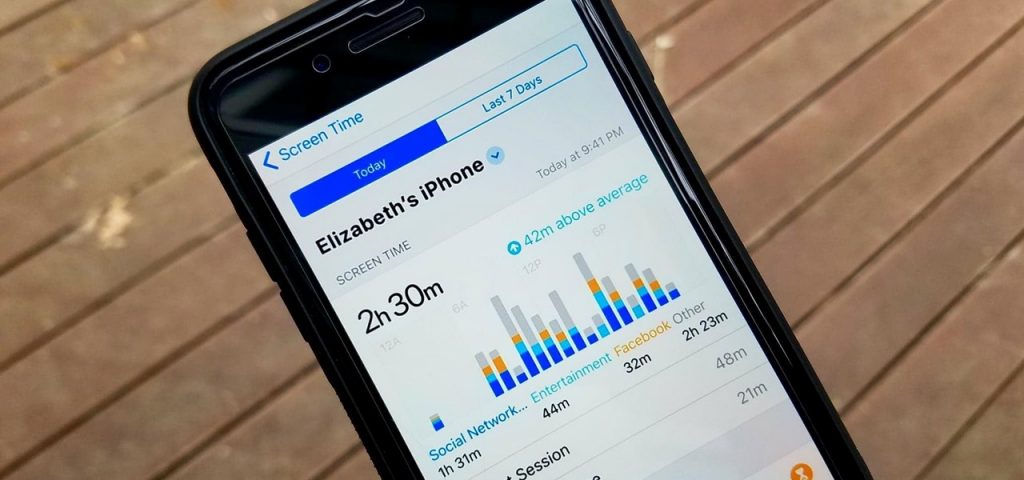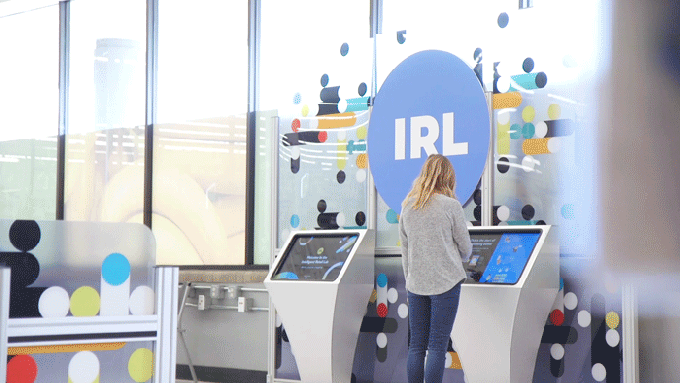Anki, the Robotics and AI Company, is Shutting Down
The producers of cute little robots that were credited to teach the children how to code, Anki, has announced that it is going to cease all its operations by 1st May, as a result of lack of finances to fund its future products.
Anki is a decade old company, which is famous for its robots Vector and Cozmo, Vector being the latest product the company had launched last fall. With the popularity of Anki’s robots, getting convinced about the news of Anki’s shut down is quite unbelievable, but according to the reports the company had already informed its employees, about the same, a few days ago.

Noticeably, the company had raised over $200 millions from its investors, and its revenues had approached $100 million in 2017. In fact, Vector had received $2 million in funding through a Kickstarter campaign, last fall, and also, the Anki products had received the Alexa integration just recently. Despite all those highs, the company has to see the lows now.
During the shutdown, the company will be laying off 200 of its employees, providing them with a week’s salary as the compensation. The CEO of the company, Boris Sofman, broke the news to the employees on Monday and confirmed that the company has failed to raise the money for the company after a new round of financing fell through.
“It is with a heavy heart to announce that Anki will be letting go of our employees, effective Wednesday. We’ve shipped millions of units of product and left customers happy all over the world while building some of the most incredible technologies pointed toward a future with diverse AI and robotics driven applications. But without significant funding to support a hardware and software business and bridge to our long-term product roadmap, it is simply not feasible at this time. Despite our past successes, we pursued every financial avenue to fund our future product development and expand on our platforms. A significant financial deal at a late stage fell through with a strategic investor, and we were not able to reach an agreement. We’re doing our best to take care of every single employee and their families, and our management team continues to explore all options available.” the company said in a statement.
Even though the company had seen success as a robotics company, and the time it had launched its first product, it was a big deal to have an Anki robot, after ten years the company is seen as a toy company, which might be a reason for the company being not able to raise the required funds.
Contradicting to that Sofman said, “For us, it was never meant to be a toy company or even an entertainment company. It’s a robotics and AI company.”
Though companies like Microsoft, Amazon and Comcast had come in front with the intentions to acquire Anki, the company will still have to shut down this Wednesday.

Yashica is a Software Engineer turned Content Writer, who loves to write on social causes and expertise in writing technical stuff. She loves to watch movies and explore new places. She believes that you need to live once before you die. So experimenting with her life and career choices, she is trying to live her life to the fullest.





